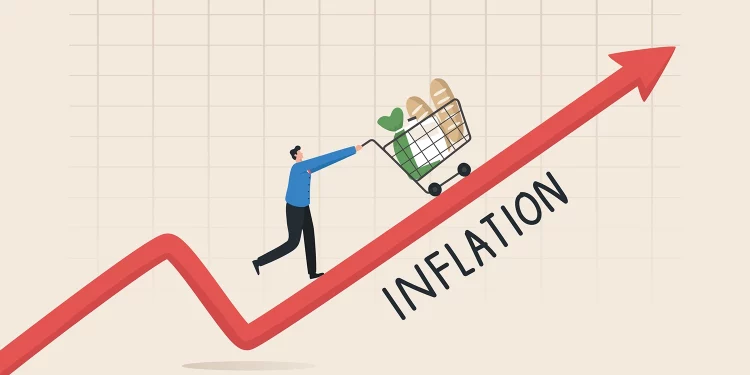The most recent release of Consumer Price Indices (CPI) and Inflation Rates by the Kenya National Bureau of Statistics for January 2024, the year-on-year inflation rate has surged to 6.9 percent, marking a 0.3% increase from the previous month’s rate of 6.6%.
This signifies that the general price level in January 2024 was 6.9 percent higher compared to the same month in 2023. The driving forces behind this increase were notable rises in the prices of commodities within the Transport, Housing, Water, Electricity, Gas, and Food and Non-Alcoholic Beverages categories.
The three key divisions, namely Transport, Housing, Water, Electricity, Gas, and Other Fuels, and Food and Non-Alcoholic Beverages, collectively accounted for over 57 percent of the weights in the 13 broad categories, playing a pivotal role in shaping the overall inflation landscape.
The Food and Non-Alcoholic Beverages Index witnessed a modest 0.4 percent increase between December 2023 and January 2024, with specific items experiencing varying price movements. Notably, cabbages, carrots, oranges, and Irish potatoes saw price hikes of 10.0%, 7.4%, 3.1%, and 1.7%, respectively. Conversely, mangoes, tomatoes, and sugar experienced declines of 3.8%, 3.6%, and 2.2%, respectively.
The Housing, Water, Electricity, Gas, and Other Fuels’ Index recorded a 1.6 percent increase between December 2023 and January 2024. This surge was primarily driven by a remarkable 11.4% and 13.7% increase in the prices of 200 kWh and 50 kWh of electricity, respectively.
The uptick is attributed to a substantial increase in the foreign exchange rate fluctuation adjustment per kWh by 103.1%. In contrast, the price of a litre of Kerosene declined by 2.4% during the same period.
The Transport Index, however, experienced a 0.9% decrease during the same period, predominantly due to a decline in the prices of petrol and diesel by 2.3% and 2.5%, respectively.
On Education Services, the year-on-year inflation stood at 2.8%. There was a notable 1.8% increase in the indices between December 2023 and January 2024, primarily attributed to a rise in tuition fees.
This data presents a paradoxical and unexpected scenario given reduced fuel prices and the tightened Monetary Policy.
The conventional expectation is that lower fuel costs and the increased Central Bank Rate would alleviate overall price pressures on goods and services. Monitoring these macroeconomic indicators in the coming months will be particularly interesting.


















